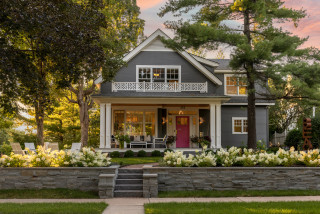
This garden in Excelsior, Minnesota, grows in memory of Beau Taunton, who tragically passed away at 22 years old from a fentanyl overdose. His mother, Kristin, wanted an area at her home where she could honor Beau, raise awareness and welcome friends, family and neighbors to gather and celebrate his life. Working with Mom’s Design Build, she transformed her front lawn into a peaceful, uplifting space for joy, love and reflection.
It was important to Kristin to preserve the existing trees, particularly the maple, whose canopy we can see on the left side of this photo. Beau liked to climb and spend time in this tree, and his mom would often keep him company on the ground below.
How to Design Your Garden for More Meaning and Connection
Little Trudy catmint (Nepeta ‘Psfike’, zones 4 to 9) was planted for Beau’s cat, Keegan, who lives with Kristin now. The designers stuck to a blue, white and pop-of-pink color palette, choosing beautiful plants that would encourage Kristin to spend time outside.
Some of the other species featured include: Dakota burgundy beardtongue (Penstemon ‘TNPENDB’, zones 3 to 8), Royal Candles spiked speedwell (Veronica spicata ‘Glory’, zones 3 to 8), ‘Pink Cotton Candy’ betony (Stachys officinalis ‘Pink Cotton Candy’, zones 4 to 8), ‘PowWow White’ purple coneflower (Echinacea purpurea ‘PowWow White’, zones 3 to 8), blazing star (Liatris sp.) and boxwood (Buxus sp.).
A recirculating fountain carved from a basalt boulder gently bubbles in front of the Beau statue. It’s autofilled through a drip irrigation system the team installed in the yard. Bluestone pavers and Mexican beach pebbles surround the water feature.
Next to the fountain sits another, slightly smaller, carved stone. Water collects in the basin when it rains, creating a birdbath for the garden’s winged visitors.
10 Ways to Cope With Grief During the Holidays
Sweeney says that since these photos were taken, friends and family have left objects and mementos around the sculptures and water features. “Beau’s friends use [the space] all the time, and at night when it is lit, you can see his name,” she says. If Kristin moves, she’ll be able to bring the sculptures with her.
Regrading the front yard created the flat, usable outdoor space this seating area occupies. (The team was careful not to disturb the maple tree during construction.) The patio is Greydon sandstone. Four Adirondack chairs surround a concrete gas fire pit, which can be easily turned on and off from a switch inside the house.
Shop for patio furniture on Houzz
Winters in Minnesota are extremely cold, so Kristin turns off and drains the fountain and covers the fire pit and furniture for the season. When spring rolls around, the front yard will be ready to be enjoyed again.
More on Houzz
Read more landscape design stories
Browse landscape photos
Find a landscape designer
Shop for outdoor products
This article was originally published by a www.houzz.com . Read the Original article here. .



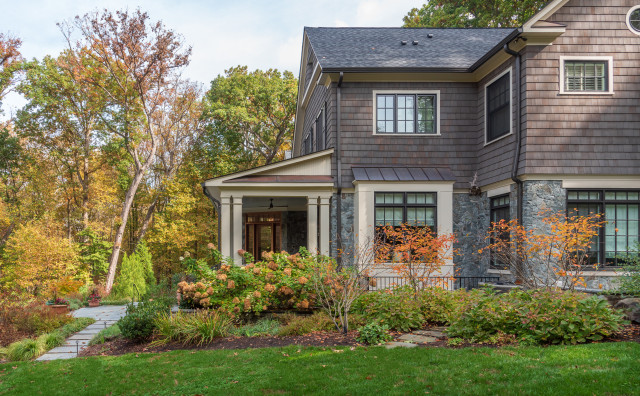
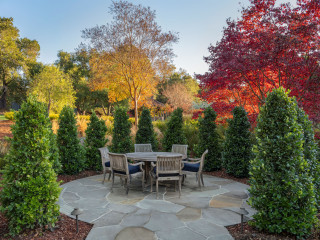

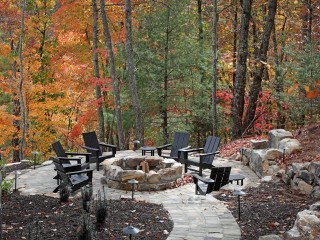
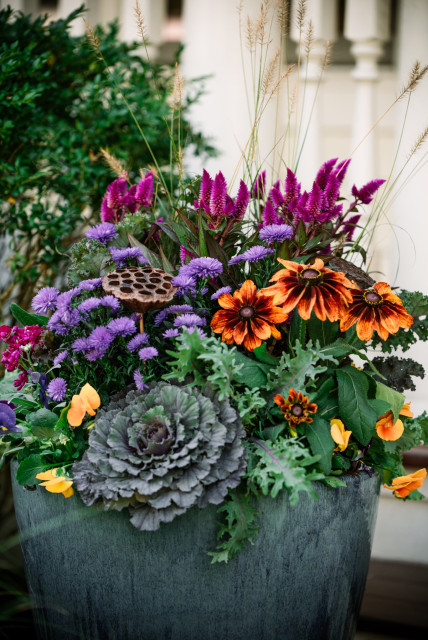

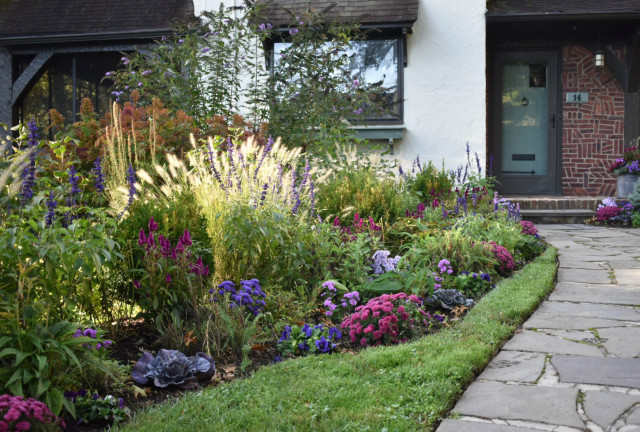



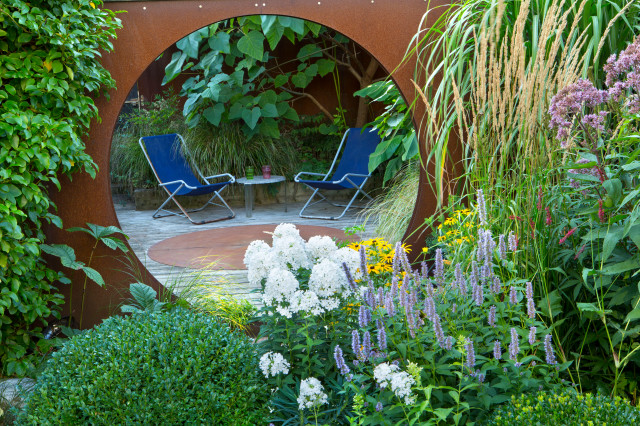
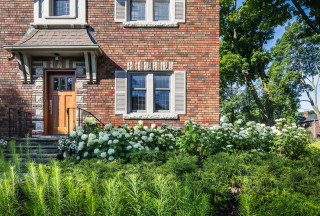
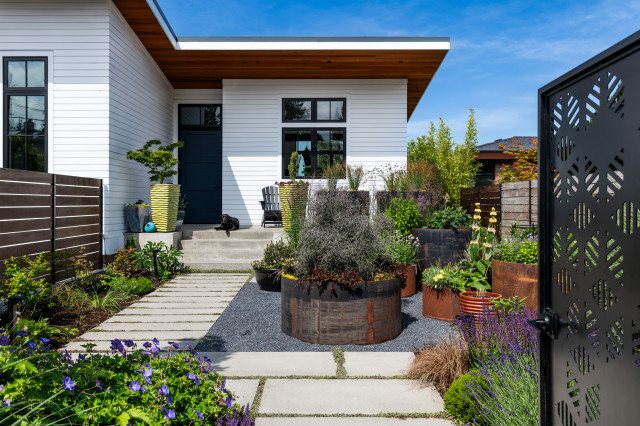

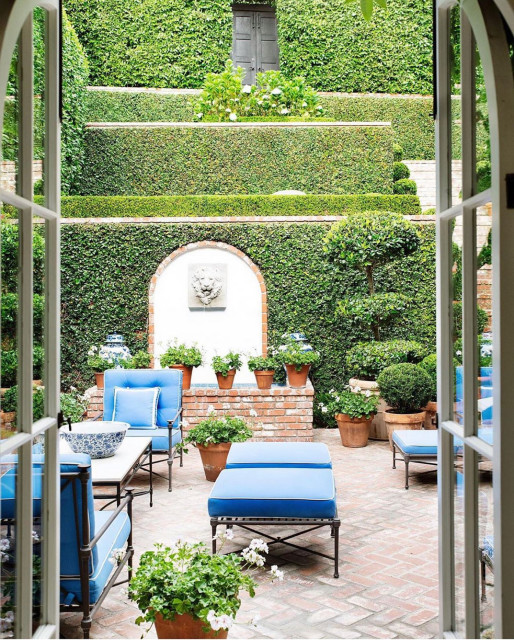
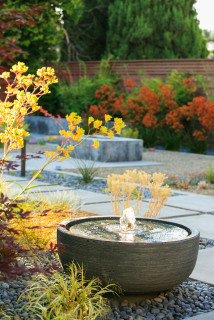

Yard at a Glance
Who lives here: Kristin Taunton, a mother
Location: Excelsior, Minnesota
Size: 2,400 square feet (223 square meters)
Landscape designer and contractor: Mom’s Design Build (lead designer: Heather Sweeney)
Kristin envisioned her front yard in this tight-knit neighborhood as a communal space, where loved ones could be together, remember Beau and celebrate who he was. She didn’t want to conceal what had happened or focus too heavily on loss. Instead, she chose to honor his life through this garden.
The team asked Kristin to share with them what Beau had loved, what his interests and hobbies had been, so they could capture and best express his spirit in their design. “I wanted more than a pretty garden for my son. I wanted a garden that told his story and was bold like him,” Kristin says. Special touches such as a custom sculpture and a QR code linked to his obituary allow people walking by to connect with the memory of Beau.
Find a design-build firm near you